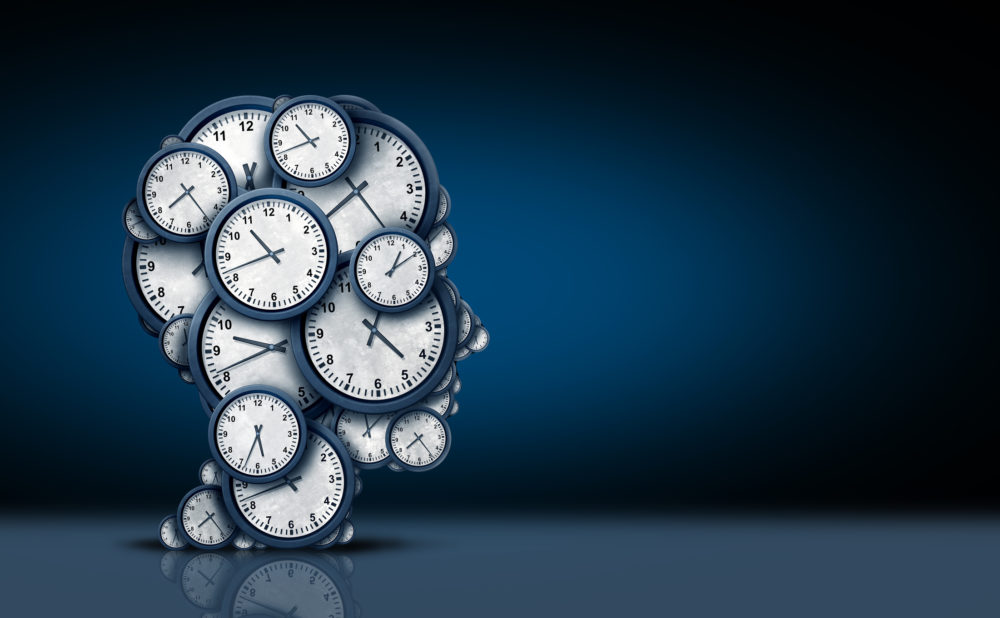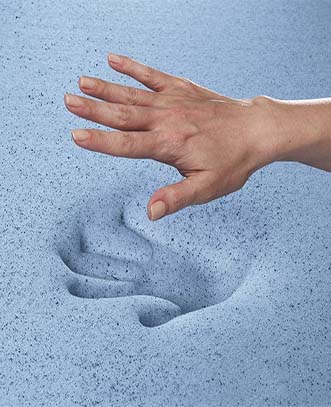As we saw in The Rhythms of Sleep, Part 1, our sleep-wake cycle is controlled by a finely tuned tug-of-war between an internal clock that keeps us on a 24-hour schedule, and a “sleep drive” that increases our appetite for sleep throughout our waking day. For most of human history, this arrangement worked fine. But then came modern times and the invention of artificial light, and things began to go haywire. Hello, Thomas Edison; hello, insomnia.
In this article, we’ll take a look at how our ancestors slept, to see what natural sleep really means. Next, we’ll examine how differences in our individual biological clocks make some of us larks, but others of us owls. Finally, we’ll put these two seemingly different pieces of information together and see how they lead to some clever new tips for adjusting sleep-wake cycles that have gotten out of whack.
Sleep as it used to be
If you asked most of us how sleep today differs from the sleep of our ancestors, we’d probably say, “Not much. How could it?” We assume, in other words, that sleep is meant to be 8 hours laid end to end, a single block carved out of the night. Naps are optional. Bedtime occurs when we’re tired or when we “need” to go to bed because we “have to get up early the next day.”
Yet researchers have learned that in Europe before the Industrial Revolution, it was normal for people to break the long night from sundown to sunup into two distinct periods for sleeping—a “first sleep” and a “second sleep.” An hour or two of wakefulness separated these periods of sleep, making possible such tranquil activities as conversation, prayer, visits with neighbors, or merely the mulling over of dreams. Other researchers report a similarly relaxed approach to sleep among non-European hunter-gatherer cultures such as the ! Kung of Botswana and the Gebusi of New Guinea.
All this changed with the advent of the Industrial Revolution. Gaslighting becomes widely available, helping shrink the night. Factories and offices required a workforce regimented into precise shifts. Finally, electric lighting completed the transformation, pushing bedtimes back even more.

Slow clocks and fast clocks, owls and larks
Now let’s shift our attention to why some of us prefer to get up early and be more active in the morning (larks), while others prefer to get up later in the day and be more active in the evening (owls). The reason appears to be genetic. One possibility is that some of us have biological clocks that run a little shorter than 24 hours, making us larks, while some of us have clocks that run a little longer than 24 hours, making us owls.
Trouble develops if our lark or owl habits don’t fit with our lifestyle or if we forget our sleep hygiene. An owl may start suffer from insomnia because his job requires him to get up earlier than feels natural; a lark may suffer from insomnia also, but in her case because her social life keeps her up too late. Worse, sleep-wake tendencies can become badly exaggerated, as in the case of a lark who wakes up at 2 a.m. or an owl who can’t wake up before noon; these sorts of maladjustments are known as circadian rhythm disorders.
Getting back in phase
So what are these sleep tips we promised, and how do they combine our two themes of how the Industrial Revolution put a permanent kink in our sleep, on the one hand, and the difference between larks and owls, on the other? The connection is that bright light at the right or wrong time has a big impact on our sleep-wake cycle—and what makes the time right or wrong depends largely on our identity as lark or owl. We may not be about to revert to having both a “first sleep” and a “second sleep,” but we can still sleep better than if we ignored the role of light altogether.
If you’re a lark:
Stay active in the afternoon and early evening; and in the warmer seasons, get outdoors in the evening if you can. The extra activity and extra light will help delay your natural bedtime until a reasonable (and more sociable) hour.
If you live in the city or near bright street lights, get blackout curtains for your bedroom to keep it as inky dark as possible once you do go to sleep. And don’t turn on the hall or bathroom lights if you need to get up during the night—use night-lights, instead. The reason for all this caution about light? To keep your biological clock from thinking that dawn has arrived early.
If you find yourself really out of sync—for example, going to bed before 9 p.m. or waking up way too bright and way too early at 4 a.m.—seek out a sleep doctor. They may recommend that you experiment with special bright lights in the early evening, similar to the lights used by persons suffering from Seasonal Affective Disorder, or SAD. Again, the idea is to convince your biological clock that the days are getting longer, meaning you should go to bed later.

If you’re an owl
Sleep with your blinds or curtains open, to help the light of dawn wake you up naturally. Not only is this gentler than an alarm clock, but the extra light at this early hour will help nudge your biological clock in the right direction—as far as the rest of the world is concerned, at least.
Just as larks should get out and about in the early evenings, staying active and getting some extra light, owls should get out and about in the morning. A good way to do this is to take a walk outdoors as soon as possible after waking up: have your coffee or do your morning stretches outside, for example.
Get up at the same time every day, including weekends and holidays. If you feel the need for some extra z’s, take a nap or go to bed early that night instead. This keeps your clock steady.
If you find yourself getting so much like an owl you want to hunt for mice at 3 a.m. rather than go to bed, seek out a sleep specialist. Just as with a lark, bright light treatment may help—but in the morning rather than the early evening.







